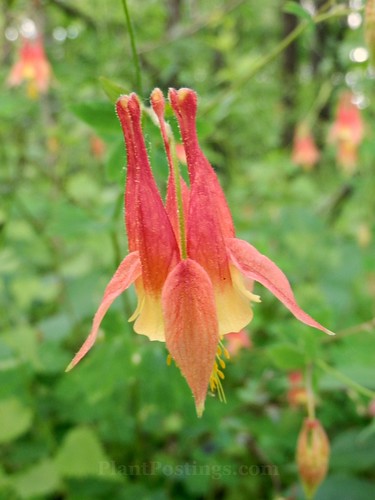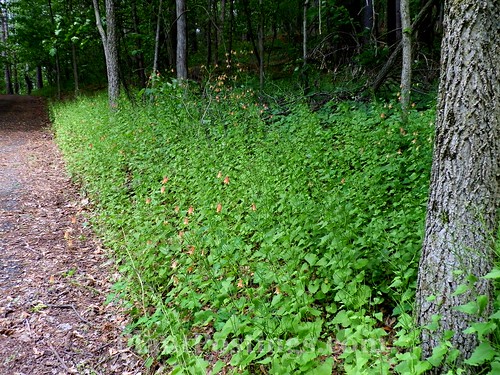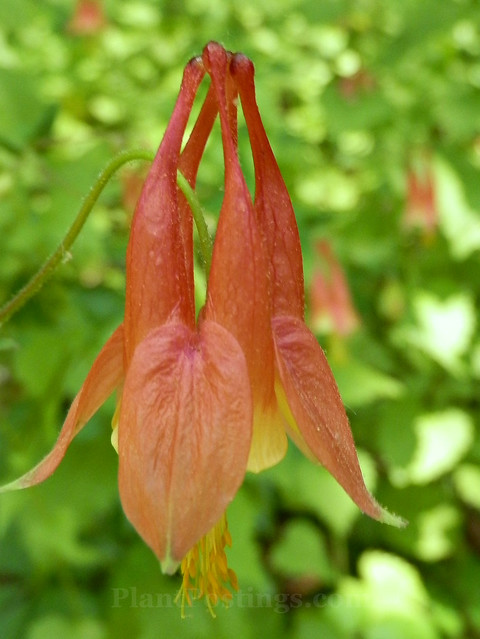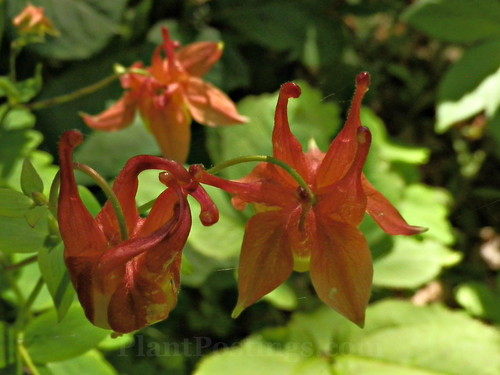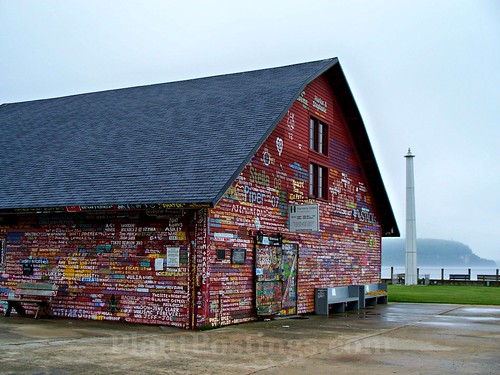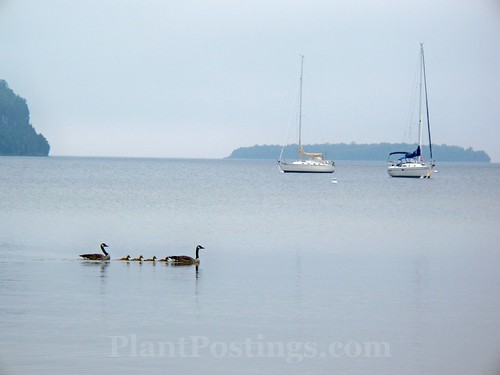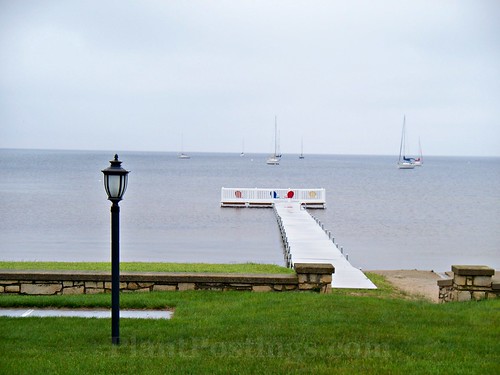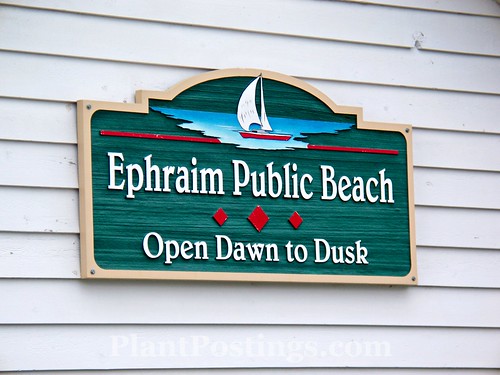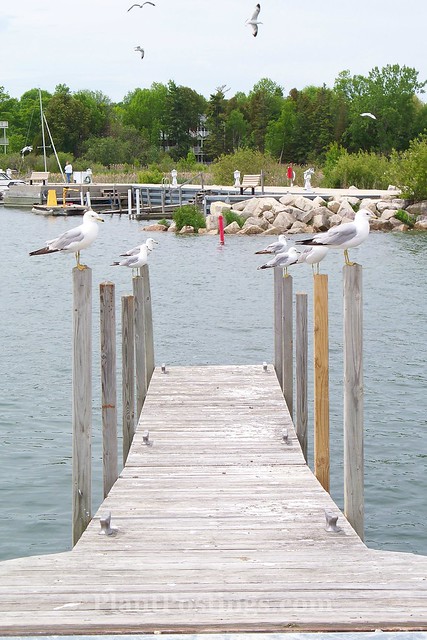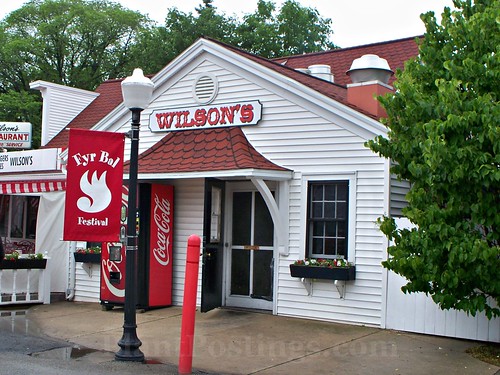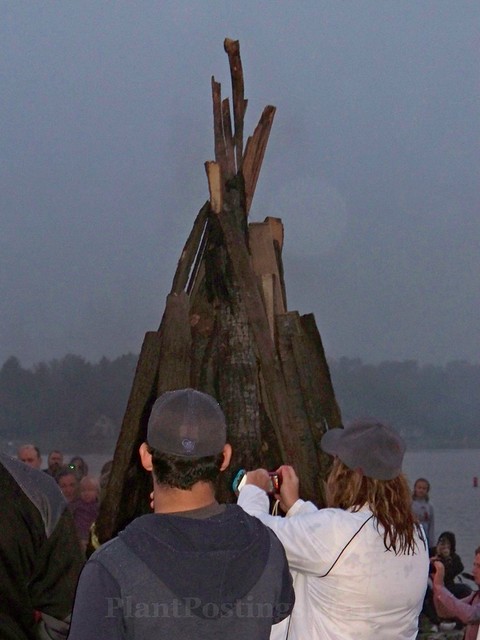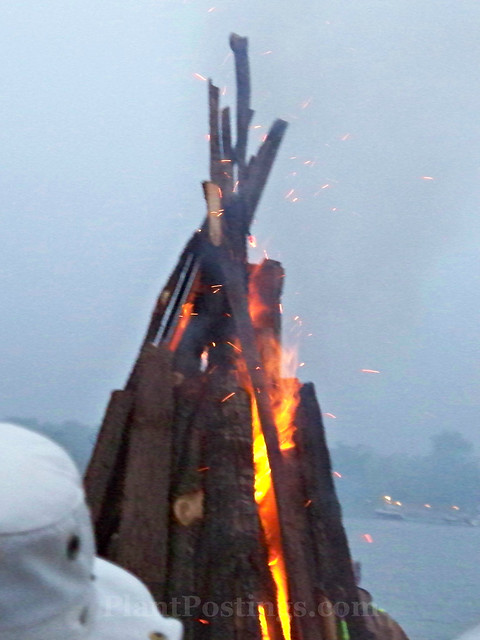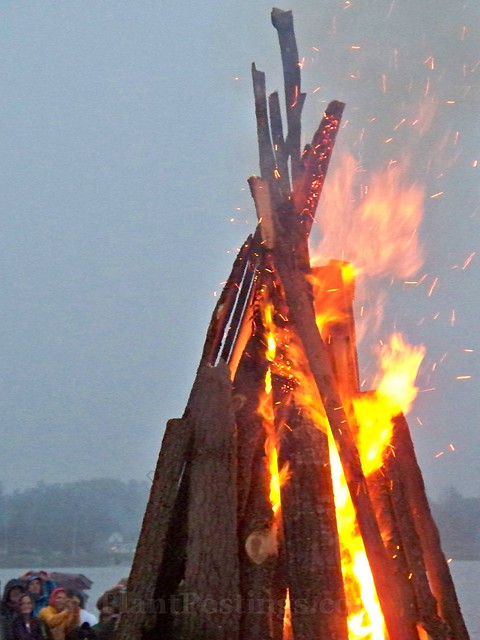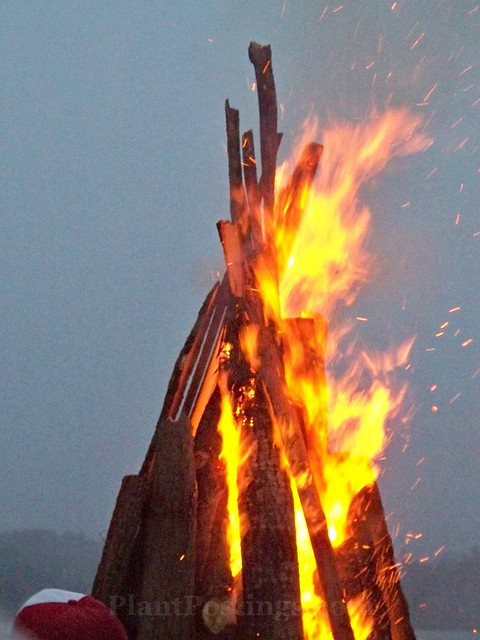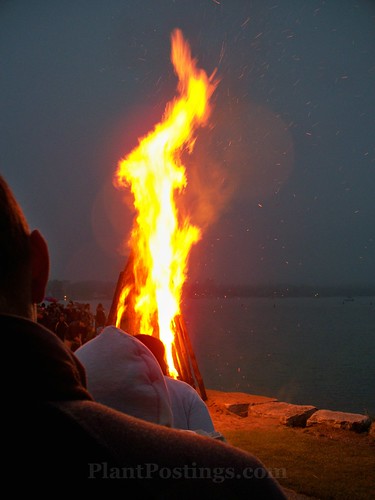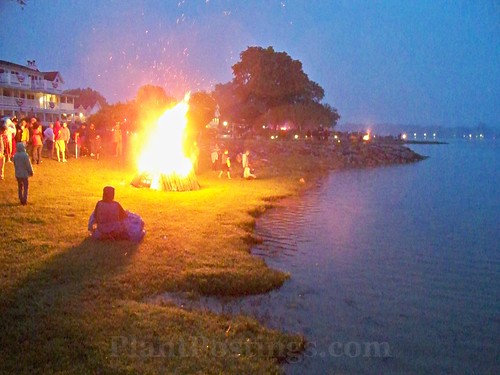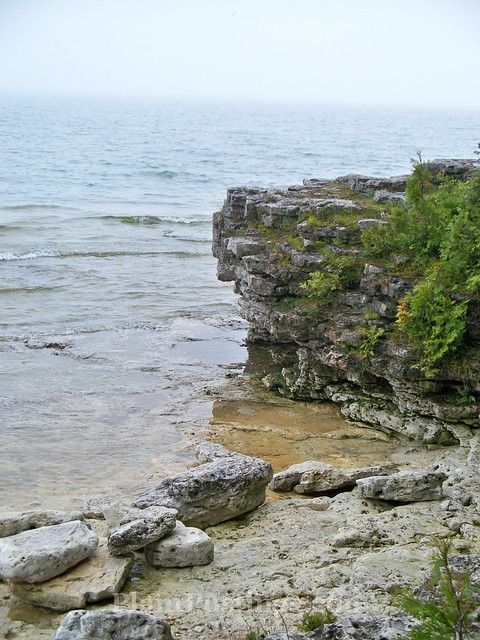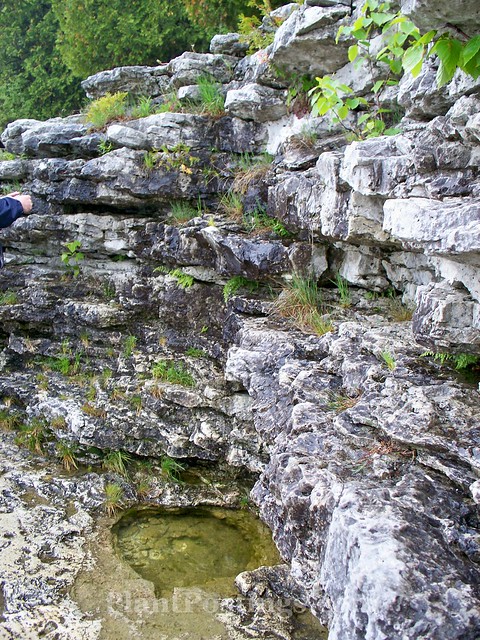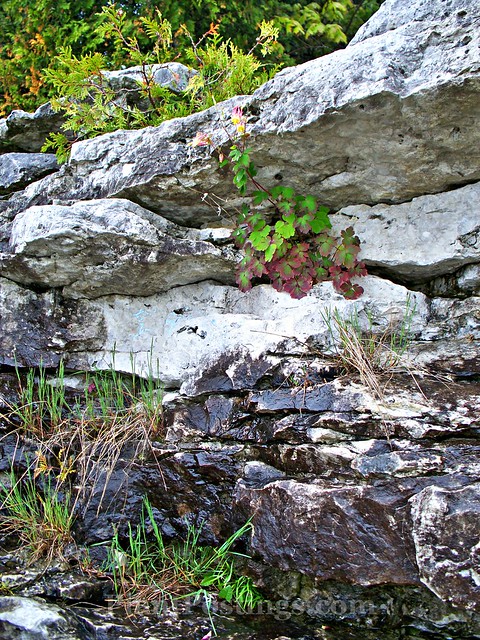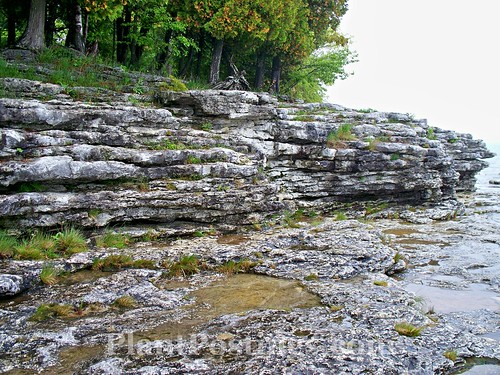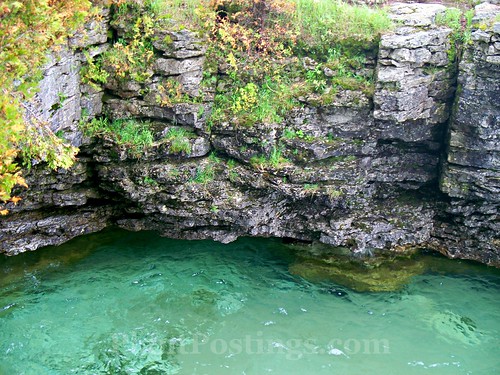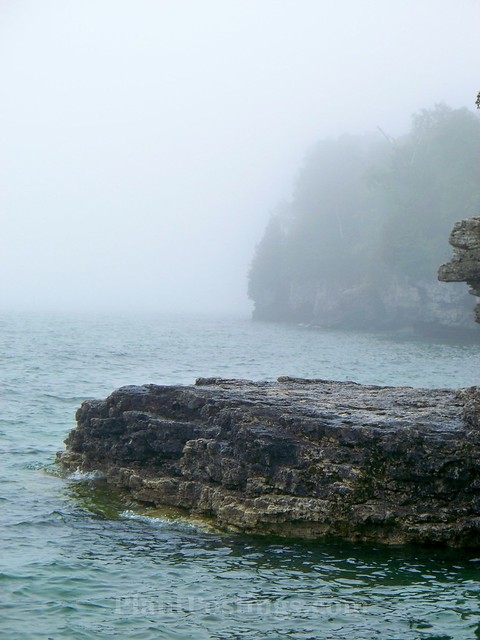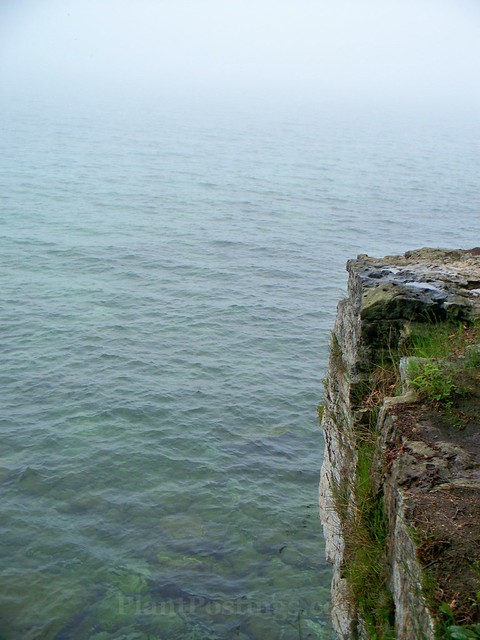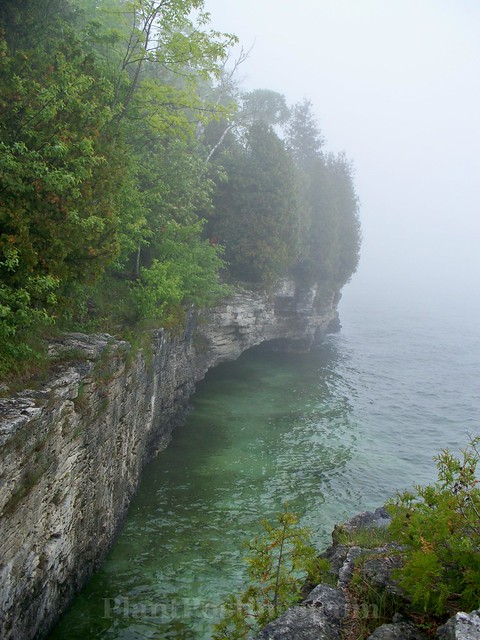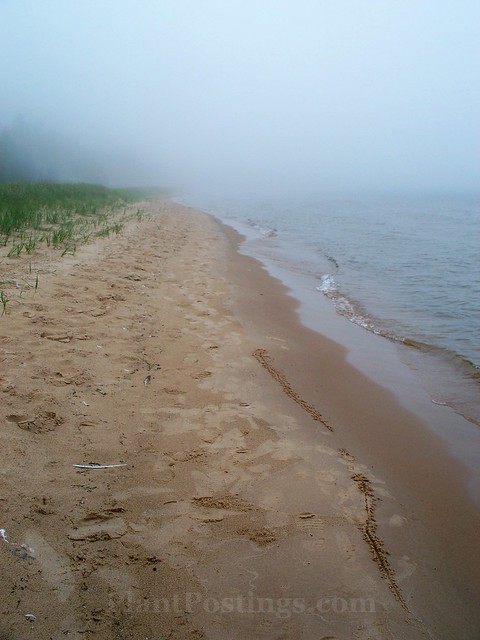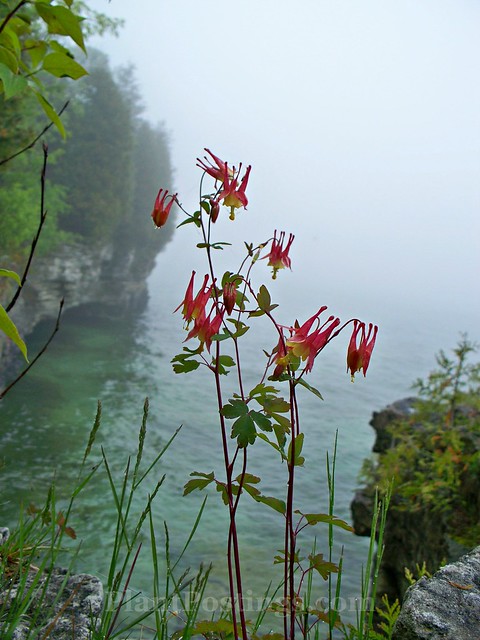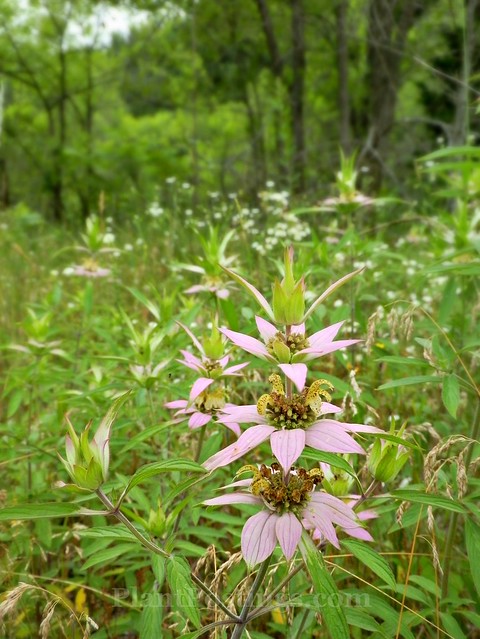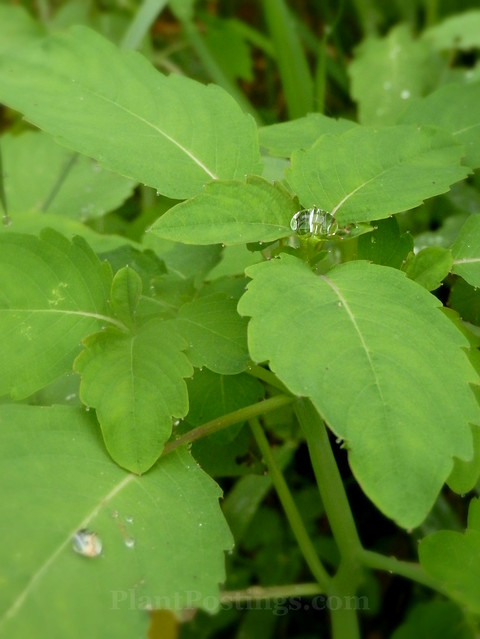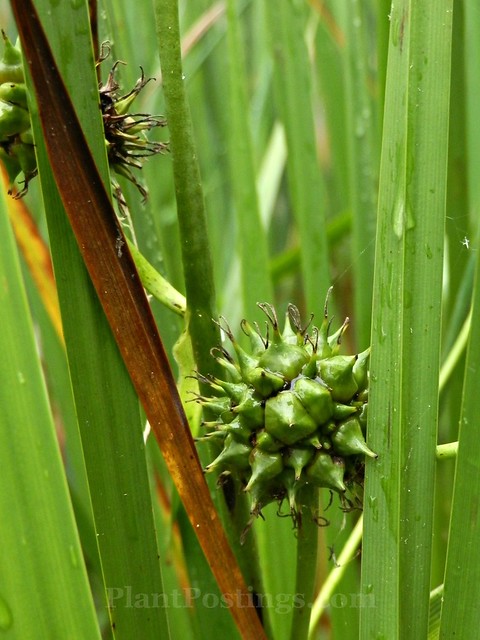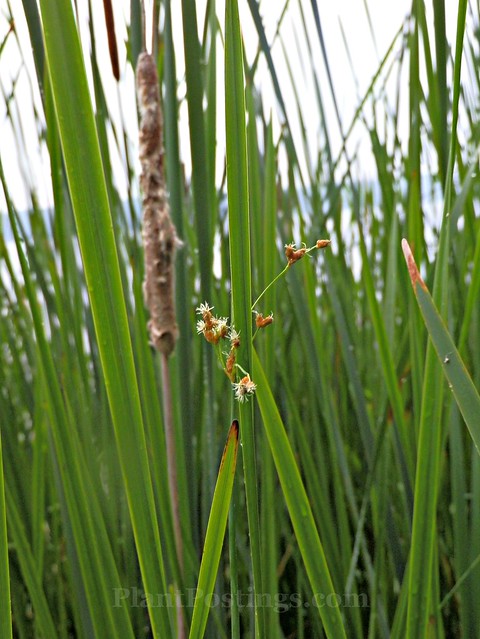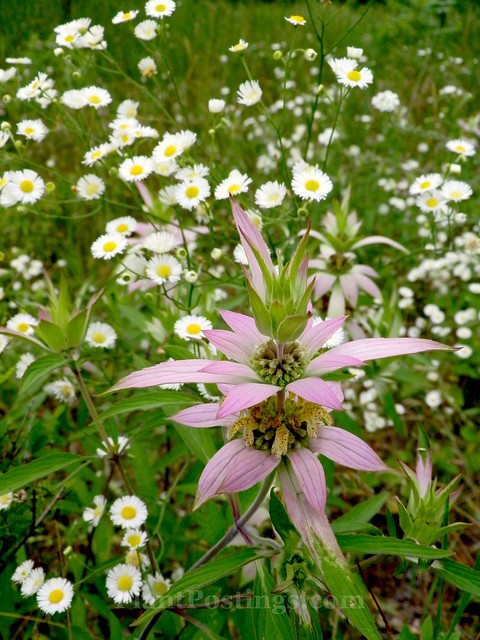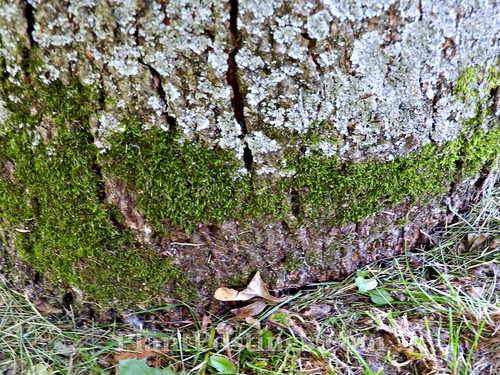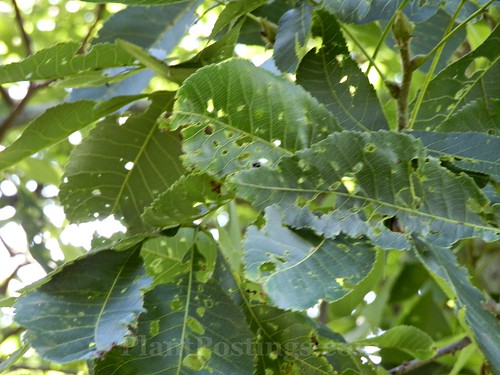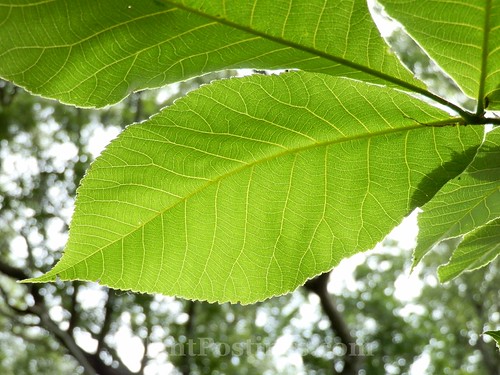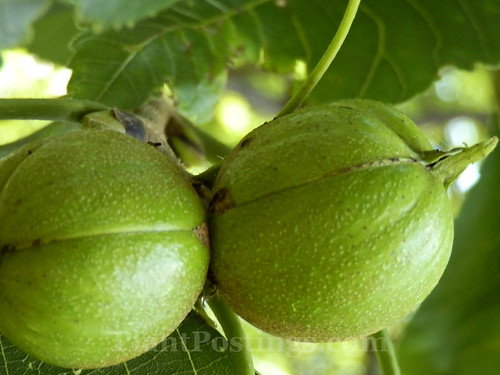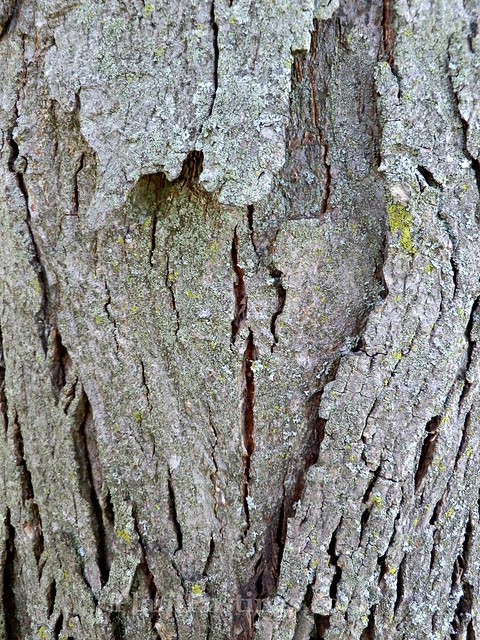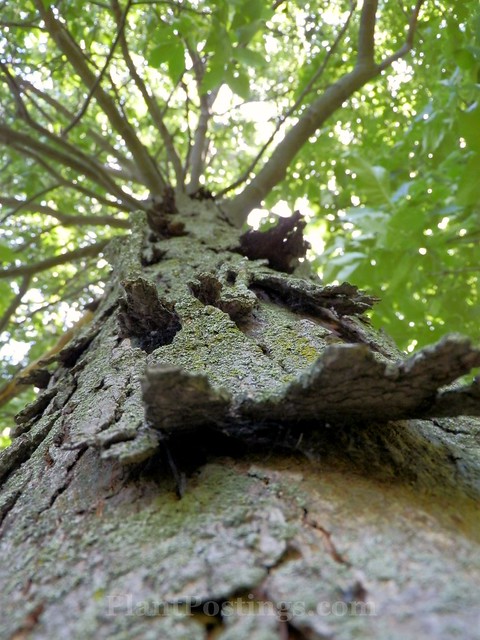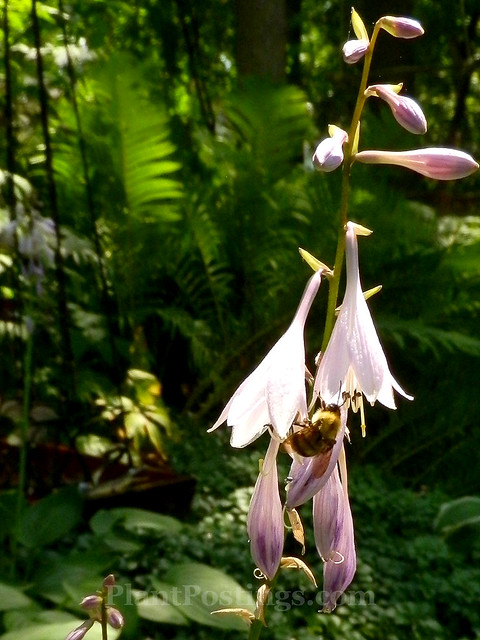
I wish I could say that my fall 2013 seeding attempts were mostly successful. But that would be untrue. Now that high summer 2014 is here and the Hostas are flowering, it's time to concede that those attempted new plants aren't with us.
For the most part, the seeds didn't germinate. Or if they did, they didn't grow and thrive.
It's likely many factors contributed to this: a brutally cold winter, my heavy shade garden, ground covers and competition with other plants, disturbance and consumption by animals and birds, and other reasons.
I was patient for a while. And there were a few exceptions--plants that grew from seed.
I found ways of coping with the rest.
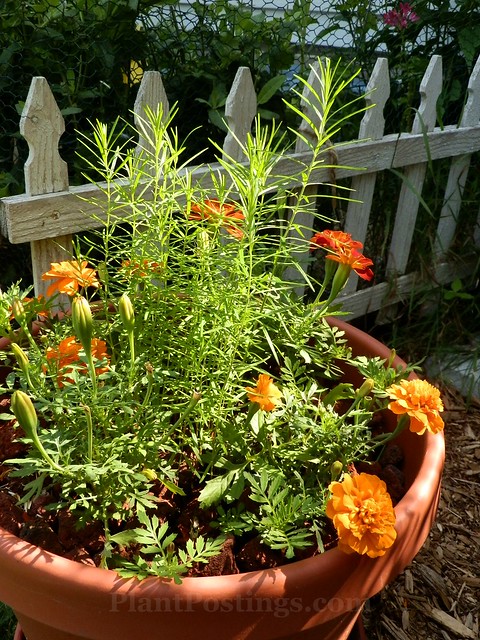
The Whorled Milkweed (Asclepias verticillata) seeds I planted in a pot with Marigolds now seem happy. I hope they'll bloom soon. I haven't seen monarch butterflies on them, but I have seen a few monarchs flitting through the garden near other Milkweeds.
I think the Virginia Bluebells (Mertensia virginica) emerged, although they didn't bloom this spring and they're dormant now. I've heard it can take a couple of years for flowers to form on the plants.
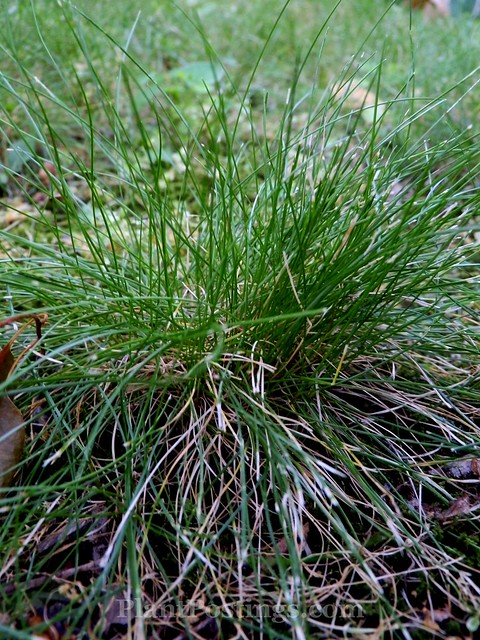
I didn't see any sign of the Pennsylvania Sedge (Carex pensylvanica) where I planted its seeds, although I'm noticing several sedges growing in the lawn. Hmmm, maybe it's time to have a sedge lawn...

The False Asters (Boltonia asteroides) didn't emerge, so I recently purchased a couple of plants to take their place.
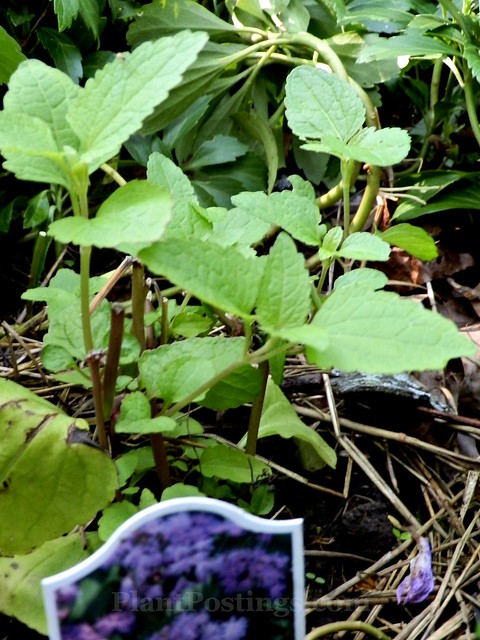
Same with Blue Mistflowers (Conoclinium coelestinum).
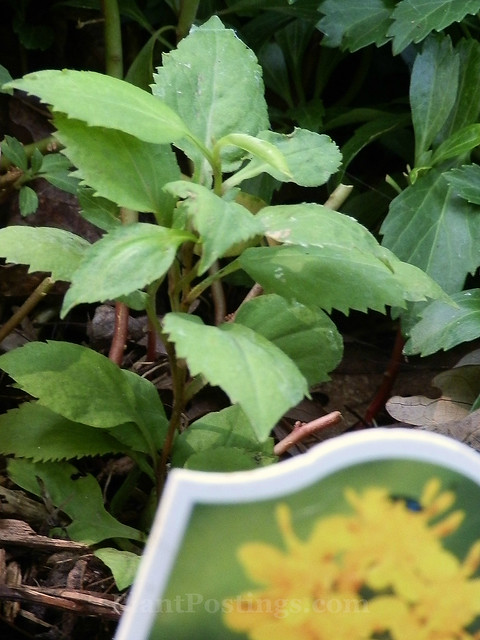
I seeded Foxgloves (Digitalis purpurea) last fall and also scattered seeds from the mother plant. And I planted a small first-year Foxglove late in the season (since they're biennial, it takes them two years to bloom). I noticed tiny plants growing in the early spring, but they all died back. So, I planted Zigzag Goldenrod (Solidago flexicauls) near them. If they both come back next spring, it will be a bonus.
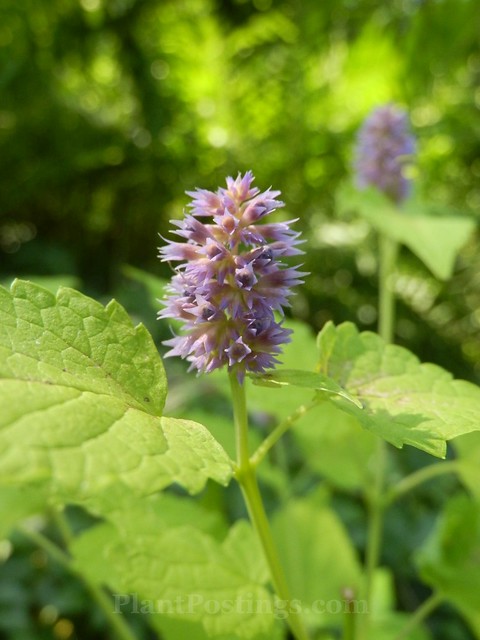
Oh, and the bare-root Anise Hyssop (Agastache foeniculum) I planted in October didn't seem to come in either. In the meantime, several small plants are growing near the spot that could be Anise Hyssop--I'm leaving them until they flower (next season?). In the meantime, I bought a hybrid A. foeniculum 'Golden Jubilee' plant, which is doing quite well.
Because of my dismal results, I'm unlikely to try fall seeding again--at least not in this shady, established garden. But it was fun to try.
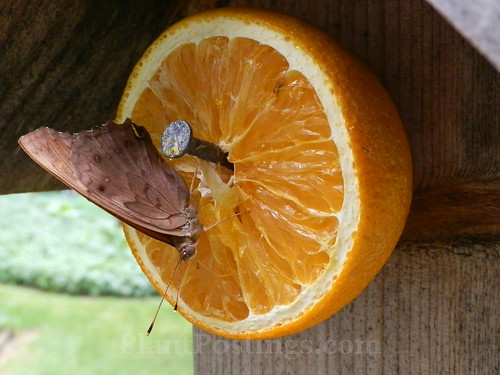
Another, more recent, experiment attracted a special visitor the other day. I put Oranges out on the oriole feeder, and a Tawny Emperor butterfly came to visit. I don't recall seeing these beauties in the garden in the past. They fly fast, and don't seem to rest long with wings open. Their upper wings are a bright orange color when highlighted by the sun. Click this link for more info about Tawny Emperors.
This little guy visited the Oranges two days in a row--the second day he was on that fruit from noon to nightfall. I saw him (or another Tawny) flying around again today, but it didn't land on the fruit. I'll keep supplying the Oranges, though, in case other butterflies need refreshment.
